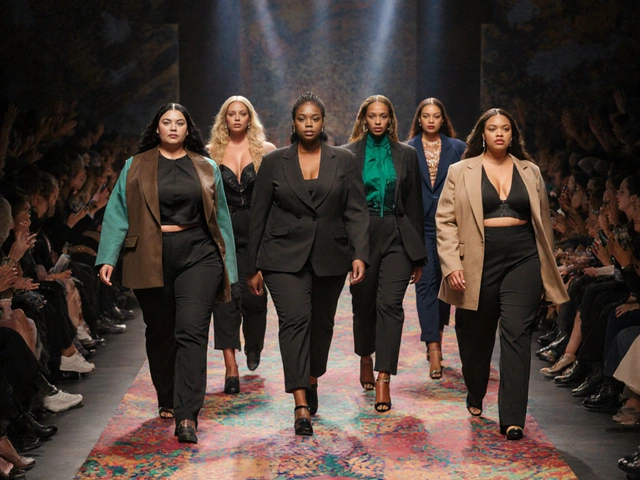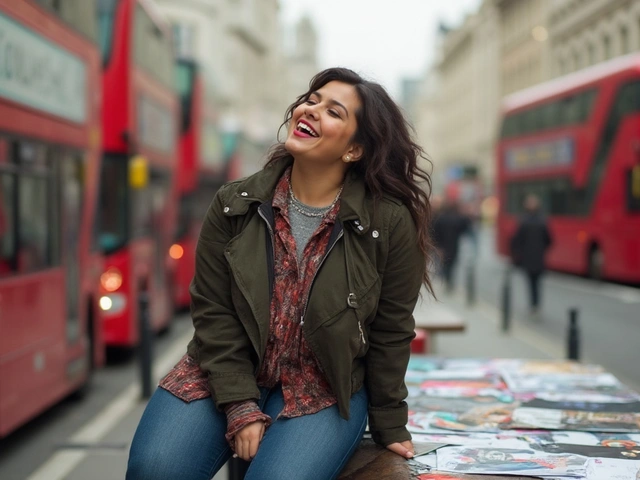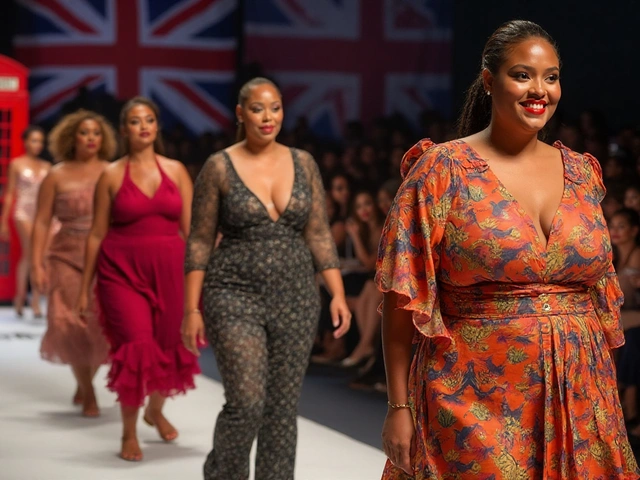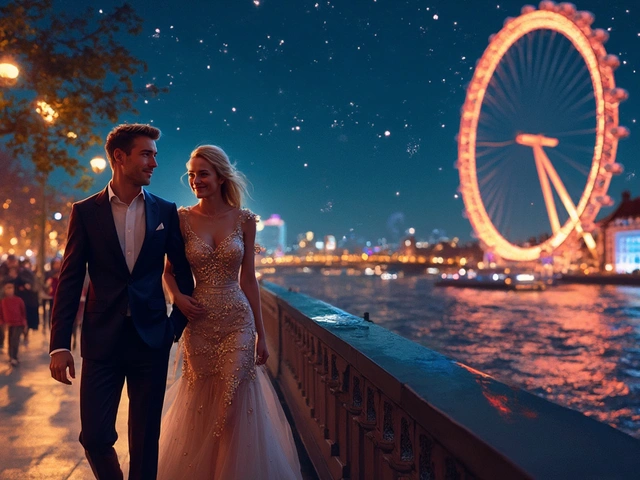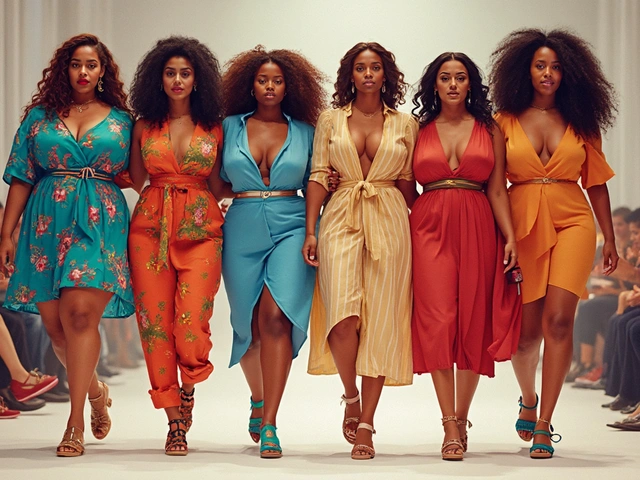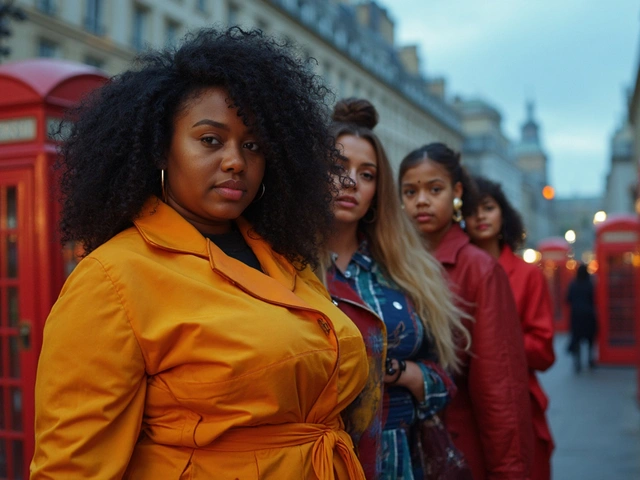Scroll through Instagram, flip through a magazine, or just walk through a shopping mall, and you’re likely to see curvy models front and center. It’s not a fluke. Brands finally get that people want to see bodies that look like theirs—not just one narrow type.
If you've ever felt like you just don’t measure up to what you see in ads, you’re not alone. The non-stop wave of 'perfect' bodies used to make many of us, including my own kids as they get older, second-guess ourselves. But now, thanks to curvy models, we’re getting more body diversity than ever. This isn’t just about fashion. It’s about helping people—especially young folks—ditch the old rulebook that linked self-worth with a certain shape or size.
- Key Points at a Glance
- The Direct Impact of Curvy Models on Body Image
- Curvy Models: What Are They and Why Do They Matter?
- The Benefits: Real-Life Confidence Boosts
- Seeing Curves in the Media: What's Out There?
- Tips for Building a Healthier Body Image
Key Points at a Glance
Lots of people struggle with body image, and what we see in the media plays a big part. Here’s how curvy models shake things up—and why it matters for self-esteem, especially in today’s world.
- Curvy models are now being booked by big brands and top magazines, showing a wider mix of body shapes in fashion, ads, and pop culture.
- Research from the University of Missouri (2022) found that people exposed to images of curvy models reported feeling better about their own bodies, compared to those shown only traditional thin models.
- Seeing curvy models helps normalize bodies of all sizes, encouraging young people and adults to be less harsh on themselves.
- Brands like Aerie and Savage X Fenty saw more engagement and positive feedback when they featured curvy and plus-size models—fans relate more to real, diverse figures.
- KIDS NOTICE TOO: My daughter Lyla told me herself that she feels more comfortable with her shape after seeing different body types on social media.
- There’s still work to do, but this shift is a huge step forward for self-acceptance and stronger self-esteem.
- The main curvy models effect: helping people feel seen, valued, and confident in their own skin.
The Direct Impact of Curvy Models on Body Image
Seeing curvy models in ads and media is actually changing how people feel about their own bodies. Research backs this up. In 2016, a study by Florida State University found that women who saw images of plus-size and curvy models reported higher body satisfaction compared to those shown thin models. Just seeing someone with a relatable shape made a difference in how they felt about themselves—even after just a few minutes.
It’s not just adults who notice the change. Teens and even younger kids are soaking up new examples of beauty. Schools report that students are less likely to talk negatively about their own bodies when they see body diversity online and in the media. That’s a big shift from what we grew up with. When my daughter Lyla started following a few popular curvy TikTok creators, she actually told me she felt better about her own body.
This influence goes for guys, too. More brands are using curvy male models, which helps young men feel less pressure to look ultra-ripped or super skinny. It’s not about ignoring health. It’s about showing that bodies come in all shapes, and feeling confident starts with seeing that in everyday life.
For those who want the stats up front, here’s a look at how curvy models have shifted body image in recent years:
| Year | Curvy Model Exposure | Reported Increase in Body Satisfaction (%) |
|---|---|---|
| 2015 | Rare in Major Ads | 12 |
| 2018 | Common in Social Media Campaigns | 28 |
| 2023 | Frequent in Fashion, TV, and Ads | 41 |
The bottom line? The presence of curvy models boosts self-acceptance for all kinds of people. When you see someone with similar features in the spotlight, it chips away at old insecurities. And honestly, when the whole family sees more body variety on TV or in stores, those awkward conversations about feeling "less than" start to happen way less often.
Curvy Models: What Are They and Why Do They Matter?
Curvy models are basically those who don’t fit the old “sample size” mold of the fashion industry. Think anyone typically over a size 8 or 10, which—by the way—is closer to what most people actually look like. They show up with fuller hips, thighs, or a little more on their belly, and proudly rock clothes brands never used to show off in public. Big names include Ashley Graham, Paloma Elsesser, and Precious Lee, all of whom have landed huge campaigns with major labels.
This is a big deal for one simple reason: seeing a variety of body shapes on billboards and in social feeds helps everyone feel less isolated or ashamed. If the only people you saw wearing cool clothes were stick-thin, it can mess with your head, right? Studies out of Florida State University back this up—women who saw images of curvy models reported higher body satisfaction than those shown only traditional thin models.
Brands have noticed the shift. Here’s just how popular curvy and plus-size representation is getting:
| Year | % of Ads Featuring Curvy Models (Top US Fashion Brands) |
|---|---|
| 2015 | 7% |
| 2018 | 17% |
| 2022 | 32% |
That’s a huge jump in just a few years, and it’s still growing. Turns out, people respond way better to brands when the models look more like the people buying the clothes. Lane Bryant and Savage X Fenty are two brands leading this charge, but now even stores like H&M and Target feature a broader mix of models.
At home, this shift matters too. My daughter Lyla told me straight up that seeing models with curves makes her less worried about not being “skinny enough.” For my son Zander, it’s about realizing every body is different—and that’s normal. Hang-ups about body image don’t pick a gender, either. The more brands display body diversity, the safer people feel in their skin. That’s why talking about curvy models isn’t only about fashion—it’s about mental health and real confidence for everyone, every day.
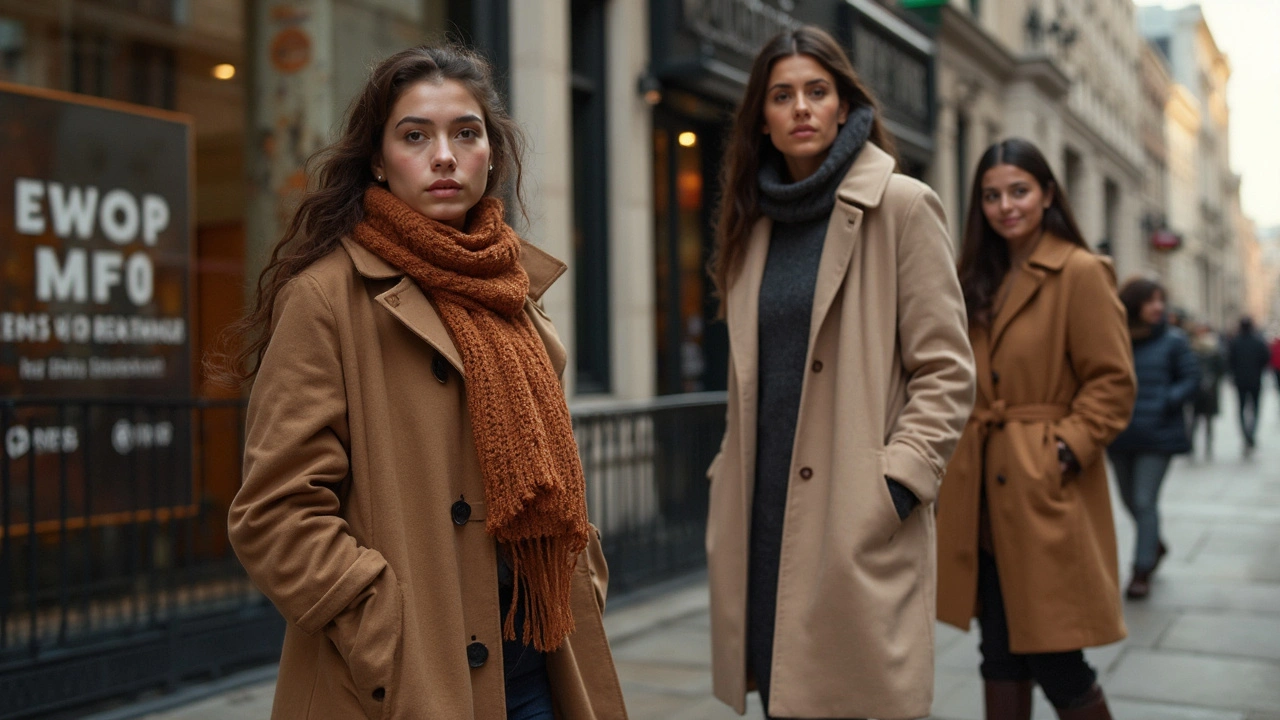
The Benefits: Real-Life Confidence Boosts
Seeing curvy models out there in big-name campaigns and on social media has had a ripple effect on how a lot of us look at our bodies. Big companies like Nike and Adidas are finally using curvy models, showing there’s no rule about what an athlete or a confident person should look like. You know what’s wild? One study from Florida State University found that women felt better about themselves after seeing images of curvy models compared to traditional thin models. Their mood and body satisfaction actually went up—no guilt, no shame, just real people feeling good.
It’s not just about feeling nice, either. When brands put different body shapes front and center, it makes room for everyone at the table. My daughter Lyla noticed this during a back-to-school shopping trip—she actually said, “That girl looks like me!” Just that little thing made a huge difference in her excitement about picking clothes. Small moments like these add up, especially for kids and teens who are bombarded with unrealistic body standards every day.
Here's why it matters for real-life confidence:
- Curvy models help people accept their bodies by challenging narrow beauty standards.
- They show that health and happiness come in all shapes and sizes.
- Representation reduces anxiety and self-doubt in young people and adults alike.
- People see themselves in media and advertising, making them feel included rather than left out.
If you want another tip: think about who you’re following online. People report higher confidence when their social feeds are full of realistic bodies and positive messages rather than just edited, 'perfect' photos. Giving yourself that daily reminder can make a serious difference.
Seeing Curves in the Media: What's Out There?
Just five years ago, it was tough to spot a plus-size or curvy model in a big campaign. These days, they’re booking gigs with major brands like Calvin Klein, Savage X Fenty, and ASOS. Even Sports Illustrated Swimsuit now regularly features models like Ashley Graham and Hunter McGrady. This shift isn’t by accident—brands see real value in reflecting who’s actually buying their clothes.
Here’s what’s changed in the last few years:
- Major fashion weeks (like New York and London) now cast more plus-size models. In 2023, almost 50 out of 456 slots at New York Fashion Week went to curvy models. That’s a record.
- Big retail stores, from Target to H&M, use diverse body types in ads and mannequins. That means kids see bodies like theirs when out shopping with family. I’ve noticed even my daughter Lyla pointing out models with her body type in catalogs.
- Social media pushes things further. Influencers like Paloma Elsesser, Tabria Majors, and Tess Holliday rack up millions of followers who love honest talk about body image, struggle, and confidence. When someone who doesn’t fit the old supermodel mold gets millions of likes, you know something’s changed.
If you want hard numbers, check this out:
| Year | % of Major Campaigns with Curvy Models |
|---|---|
| 2015 | 8% |
| 2019 | 21% |
| 2024 | 35% |
More visibility leads to more acceptance, plain and simple. Having a range of body types in movies, magazines, and even video games helps break up old stereotypes. People start realizing that beauty isn’t just one thing—it’s a bunch of things. Next time you spot a billboard or streaming ad, see how many different shapes and sizes you notice. The landscape’s changing right in front of us.
Tips for Building a Healthier Body Image
If you're tired of feeling bad about your looks because of what you see online or in ads, you're definitely not alone. There's actual research showing that over 60% of teens feel pressured by what they see on social media, which then hurts their self-confidence. The good news? There are proven ways to push back.
- Curvy models help—you can follow them for positive inspiration. Seeing real bodies in your feed trains your brain to be kinder to yourself. Try switching up your Instagram explore page: unfollow accounts that make you feel bad, and follow people who look like you or who celebrate all shapes and sizes.
- Remember, a lot of what you see online is filtered or photoshopped. Research from a UK study showed that viewing edited images for even 60 seconds can lower self-esteem. If an account seems unreal, it probably is.
- Focus on how your body works, not just how it looks. Make a list of things you appreciate—maybe you’re strong, quick on your feet, or a great hugger. This helps you see yourself in a new light.
- Talk to your friends and family about these things. I’ve had chats like this with Zander and Lyla; just being open can honestly help a ton. You realize others feel the same way.
- Limit your screen time, especially before bed. Too much scrolling can leave you comparing yourself over and over. Try a social media break for a weekend and see how you feel.
| Factor | Negative Impact (%) | Positive Impact (%) |
|---|---|---|
| Viewing edited images | 70 | 5 |
| Following diverse accounts | 10 | 55 |
| Excessive scrolling (2+ hrs/day) | 60 | 8 |
If you catch yourself thinking a negative thought about your body, pause and ask: would I say that to my best friend? If not, don't say it to yourself. You truly deserve the same respect.
Last thing, anchor yourself in real life—sports, volunteering, or any activity where your body gets to move and help you out. You’ll start caring less about the stuff that doesn’t really matter, and more about what makes you feel good for real. That's where confidence lives.


